First you need to register your application in the Azure app registration service and get a tenant and app id. read this for the details. You use the Azure active directory by get_azure_token function from AzureAuth library. read more about the arguments here.
##################################
######### Installing libraires #################
load.lib <- c("AzureAuth","shiny","shinyjs","httr")
install.lib <- load.lib[!load.lib %in% installed.packages()]
for(lib in install.lib) install.packages(lib,dependencies=TRUE)
sapply(load.lib,library,character=TRUE)
##############################################
######### Setting the local port ###############
redirect <- "http://localhost:8100"
port <- httr::parse_url(redirect)$port
options(shiny.port=if(is.null(port)) 80 else as.numeric(port))
##################################################
######### Authentication #######################
tenant <- "your-tenant-here from Azure app service"
app <- "your-app-id-here from azure app service"
resource <- "your-scopes-here"
#example
resource <- c("https://graph.microsoft.com/User.Read.All",
"https://graph.microsoft.com/User.ReadWrite.All",
"https://graph.microsoft.com/Directory.ReadWrite.All",
"offline_access")
pass = "your secret that you generate in the Azure app regitration"
aad_host = "https://login.microsoftonline.com/common/oauth2"
Token <- AzureAuth::get_azure_token( resource,tenant,
app,
password = pass,
auth_type="authorization_code",
authorize_args=list(redirect_uri=redirect),
use_cache=FALSE,
auth_code=opts$code,
version = 2,
aad_host = aad_host
)
###############Importing the app R files#########
# load ui elements
source("ui.R")
# load server function
source("server.R")
#################################################
ui_func <- function(req)
{
opts <- parseQueryString(req$QUERY_STRING)
if(is.null(opts$code))
{
auth_uri <- build_authorization_uri(resource, tenant, app, redirect_uri=redirect, version=2)
redir_js <- sprintf("location.replace(\"%s\");", auth_uri)
tags$script(HTML(redir_js))
}
else ui
}
# Run the application
shinyApp(ui = ui_func, server = server)
I tried to explain each factor in the comment in the code above. If you use version=1 Authentication you need to save access token and refresh token somewhere in your code later on and get a new access token after the expiry. if you use version=2 ,you simply Token$refresh somewhere in your server.R and it'll extends your certificate.
The ui_func function in the end is to establish the azure authorization sign in page if the users are not authenticated.

